Puccinia asparagi
Since its discovery and official documentation in France in 1805, asparagus rust has proven itself to be a pernicious disease that can devastate asparagus crops wherever they are grown.
You can identify rust disease pathogens by the color that gives them their name.
If your asparagus plants start looking like they have a layer of metal rust on them, you know you are in trouble.
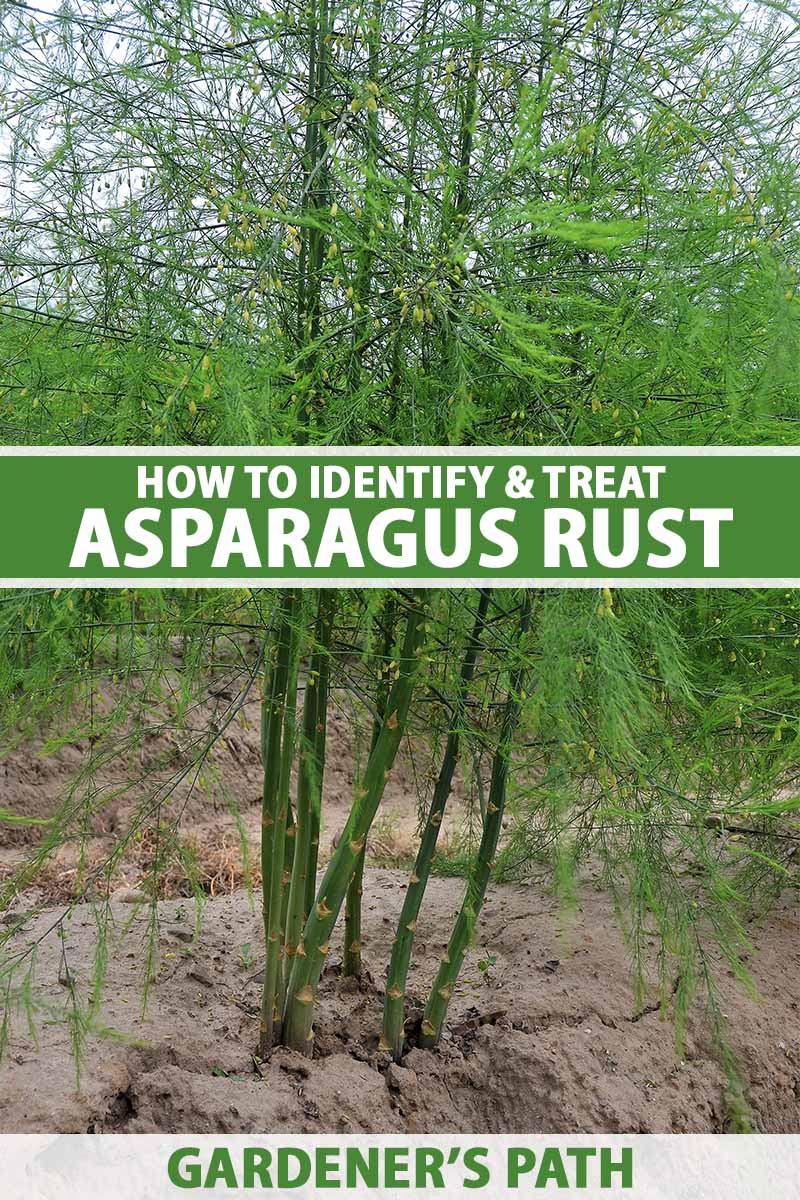
This fungal disease can be controlled by some cultural methods, but by the time you see the rust, the infection will already be widespread in your plants.
Life Cycle
You know how algebra was the bane of many people’s education? Well, rusts were one of mine. They are just so… complicated!
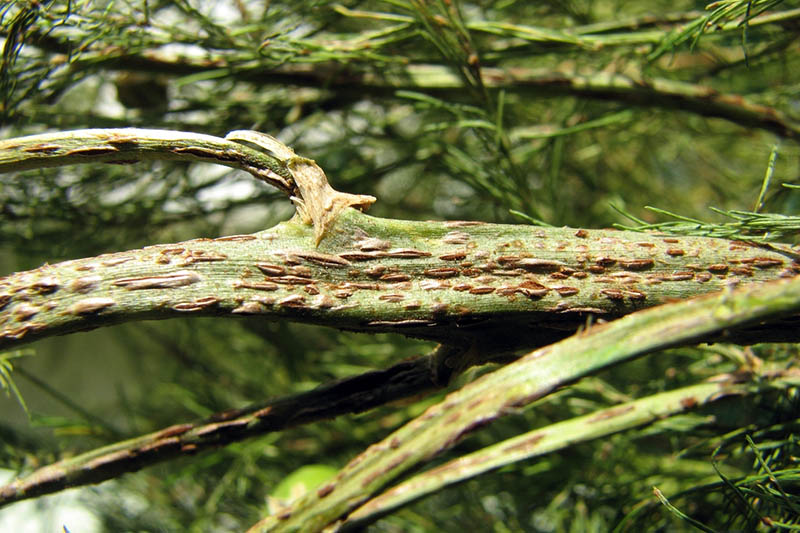
Members of the Puccinia genus, a single species of rust can have four or five different types of spores that look entirely different and cause differing types of infections.
P. asparagi has four types of spores.
In one way, and one way only, type of rust is simpler than many other kinds of rusts: It only affects asparagus!
Most other kinds of rusts may also live on alternate hosts, which makes their control even more difficult.
Fall – Teliospores
Let’s start in the fall, since you can easily detect the kinds of spores produced at that stage. They are called teliospores, and they are dark black.
The fungus overwinters with these kinds of spores and they are visible as black thickened lesions on dead foliage or debris.
If you see these spores, this is a clear indication that you will have to take action to save your crop.
Spring – Basidiospores
In the spring, the fungus produces another type – basidiospores. To make life more difficult, these highly infective spores are colorless!
Therefore, this stage of infection usually goes undetected.
The basidiospores spread by being blown by the wind or splashed by rain. The spores germinate and give rise to new infections evidenced by light green oval lesions.
Early Summer – Aeciospores
This is the classic rust color stage, and now the trouble really begins.
The lesions produced by the basidiospores become sunken and look like blisters. They contain orange-colored aeciospores.
These blisters will burst and spew their spores onto the surrounding plants. At this point, the infection spreads rapidly, since these kinds of spores are also spread by wind and rain.
The presence of water helps the infection along, and the spores infect the plants through wounds or stomata, pores in the leaves that exchange gases into the air.
Mid-to-Late Summer – Urediniospores
Now comes the epidemic phase, as new infections develop on the leaves. This stage is responsible for most of the damage to the foliage.
Symptoms during this phase are really noticeable, with brick red coloration due to the growth of urediniospores.
And as if that weren’t bad enough, they produce new generations every 10 to 14 days. Wind and rain also spread these spores.
If water is present from dew, rain, or overhead irrigation, the spores can infect other plants.
Environmental Factors
Since water is essential for the dissemination of this pathogen, rainy weather will have a significant effect on the ability of rust to spread between plants.
The situation is the most dire when short periods of rain alternate with warm, dry conditions with temperatures above 59°F.
The severity of an asparagus rust infection can vary a great deal from one year to another because of changes in environmental conditions.
Effects on the Plants
Several dreadful things can happen if your plants are infected with this pathogen. One is that the foliage can turn yellow or brown and die prematurely. This may stunt and kill young plants.
Stunted plants do not photosynthesize as well as healthy ones, so they produce substantially fewer carbohydrates. This reduces the quality of the spears. If you sell your harvest, it makes the crop less marketable.
Another awful thing that can happen is that your plants will be much more susceptible to the organisms that cause crown rot, and your plants will die prematurely.
Control Measures
Fortunately there are preventative steps you can take to minimize infection, and steps you can take after it starts.
Cultural Controls
Plant breeders have created many varieties of asparagus that are resistant to rust.
However, this type of resistance can break down fairly quickly, and the pathogen can once again cause disease under the right conditions. Therefore, you need to stay vigilant.
A number of resistant varieties have been released over the years, including:
- Jersey Centennial
- Jersey Giant
- Jersey Knight
- UC-157
Keep an eye out for these, particularly in areas known to be particularly prone to rust infections.
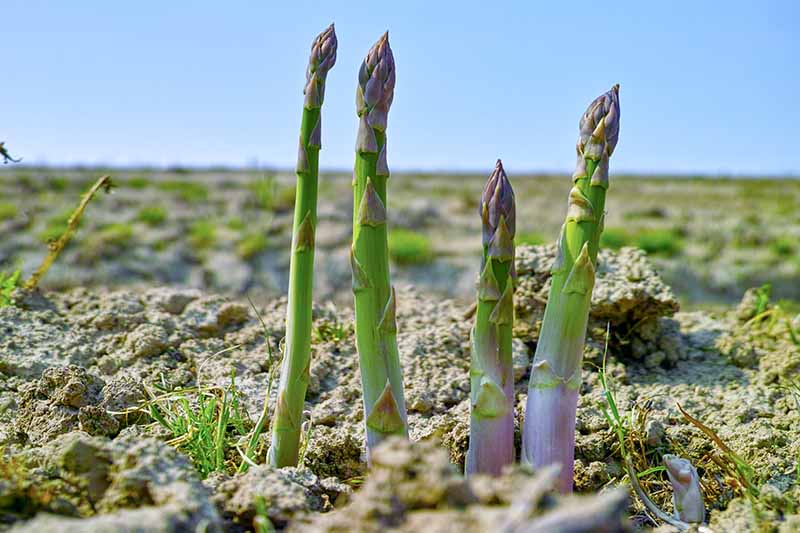
After you harvest your asparagus, cut the spears back to below the soil level. If you live in a cold climate, leave the fronds in place, and wait to cut them back in the spring.
To keep the teliospores from overwintering on your plants, burn the residue before the spears emerge in the spring. This will reduce potential sources of infection for the following season.
If burning isn’t permitted in your area, bag up the plant debris and remove it from your property. Do not put the remains in your compost pile!
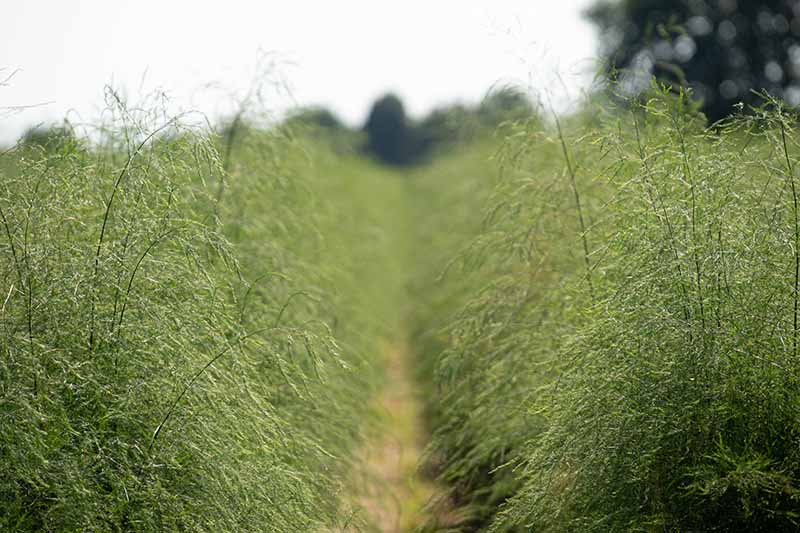
There are other steps you can take as well, to help protect your plants:
- If you introduce new asparagus plants to the garden, grow them in a different location than your current plot.
- Destroy any volunteer asparagus plants.
- Help the foliage to dry rapidly by planting rows in the direction of the prevailing winds, and/or space plants at least 17 inches apart.
Biofungicides
Before you reach for a synthetic chemical fungicide, know that there are some microbes that are highly effective at killing pathogens that may be used in the garden as well. These are known as biofungicides.
Serenade® is one such product that has been shown to provide some control of asparagus rust.
This biofungicide contains a powerhouse species of bacteria known as Bacillus subtilis that can kill pathogens and improve the ability of the plant to naturally fend off microbial invaders.
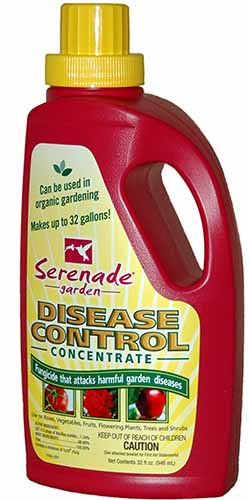
Serenade® Disease Control Concentrate
You can buy Serenade® Garden Control from the manufacturer via Walmart.
Fungicides
There are a number of fungicides that you can apply after you have harvested the spears, including Myclobutanil, available as Monterey Fungi-Max from AmericanGardeningSolutions on Amazon, and Chlorothalonil, available as Bonide Fung-onil Concentrate from Tractor Supply Co.
A Common Threat for Over Two Centuries
Asparagus rust spread to the United States 91 years after its naming in France in 1805. From there, it has become a threat in every part of the world that grows this crop.
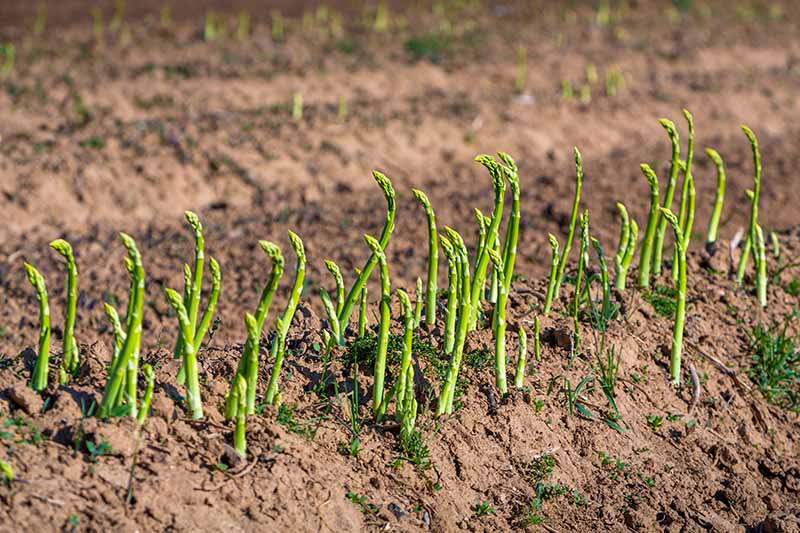
Sanitation is a key measure to reduce the severity of the disease, and Serenade® can serve as an effective biological control agent against this pathogen. Fungicides are also an option.
Have you battled asparagus rust in your garden? If so, let us know how your plants made out in the comments section below.
And read on for more information about growing asparagus in your garden:
© Ask the Experts, LLC. ALL RIGHTS RESERVED. See our TOS for more details. Product photo via Serenade. Uncredited photos: Shutterstock. With additional writing and editing by Allison Sidhu.
About Helga George, PhD
One of Helga George’s greatest childhood joys was reading about rare and greenhouse plants that would not grow in Delaware. Now that she lives near Santa Barbara, California, she is delighted that many of these grow right outside! Fascinated by the childhood discovery that plants make chemicals to defend themselves, Helga embarked on further academic study and obtained two degrees, studying plant diseases as a plant pathology major. She holds a BS in agriculture from Cornell University, and an MS from the University of Massachusetts Amherst. Helga then returned to Cornell to obtain a PhD, studying one of the model systems of plant defense. She transitioned to full-time writing in 2009.

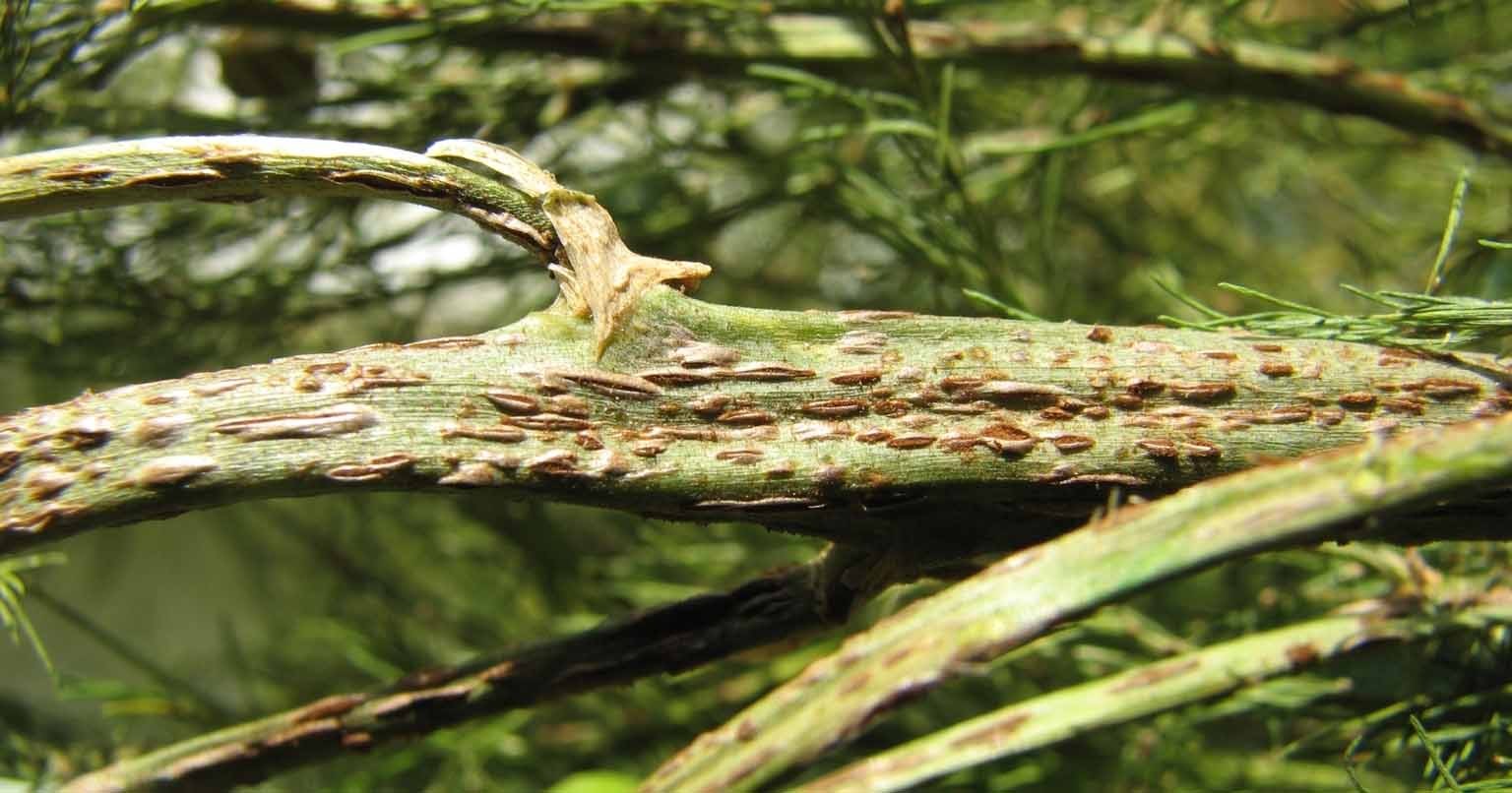
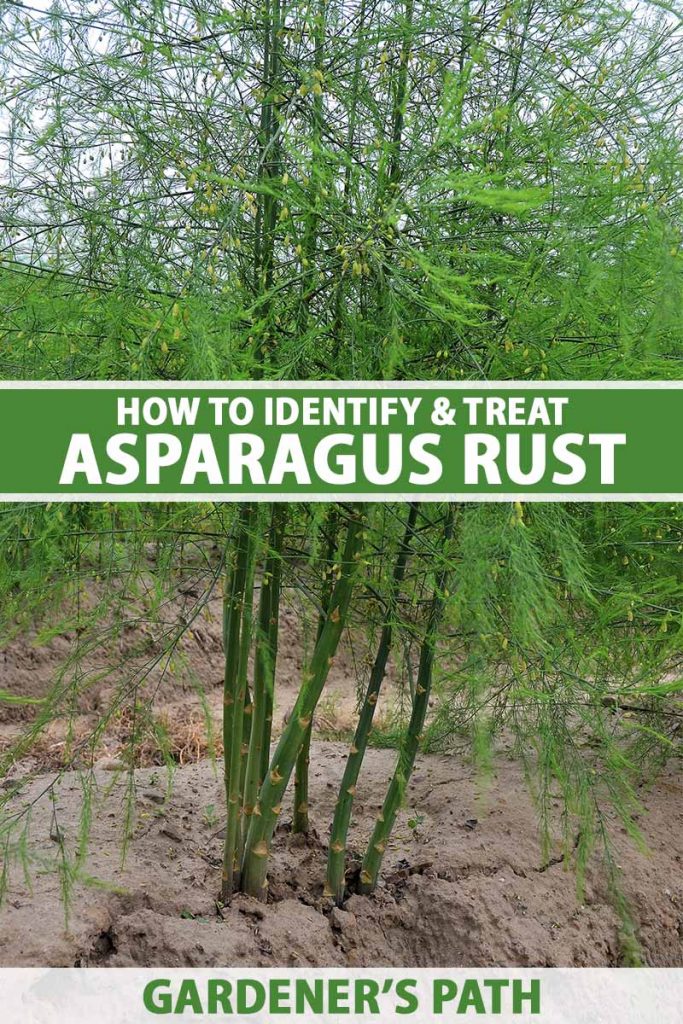







![[ask] Adding Different Types of Work to Your Portfolio? : architecture [ask] Adding Different Types of Work to Your Portfolio? : architecture](https://external-preview.redd.it/cyezgPFaP8SbFEca6eccN4GBMpfh3lRlm40sAuYRK6E.jpg?auto=webp&s=a254f720b630c472a716857ca55e52325bfa6cda)
